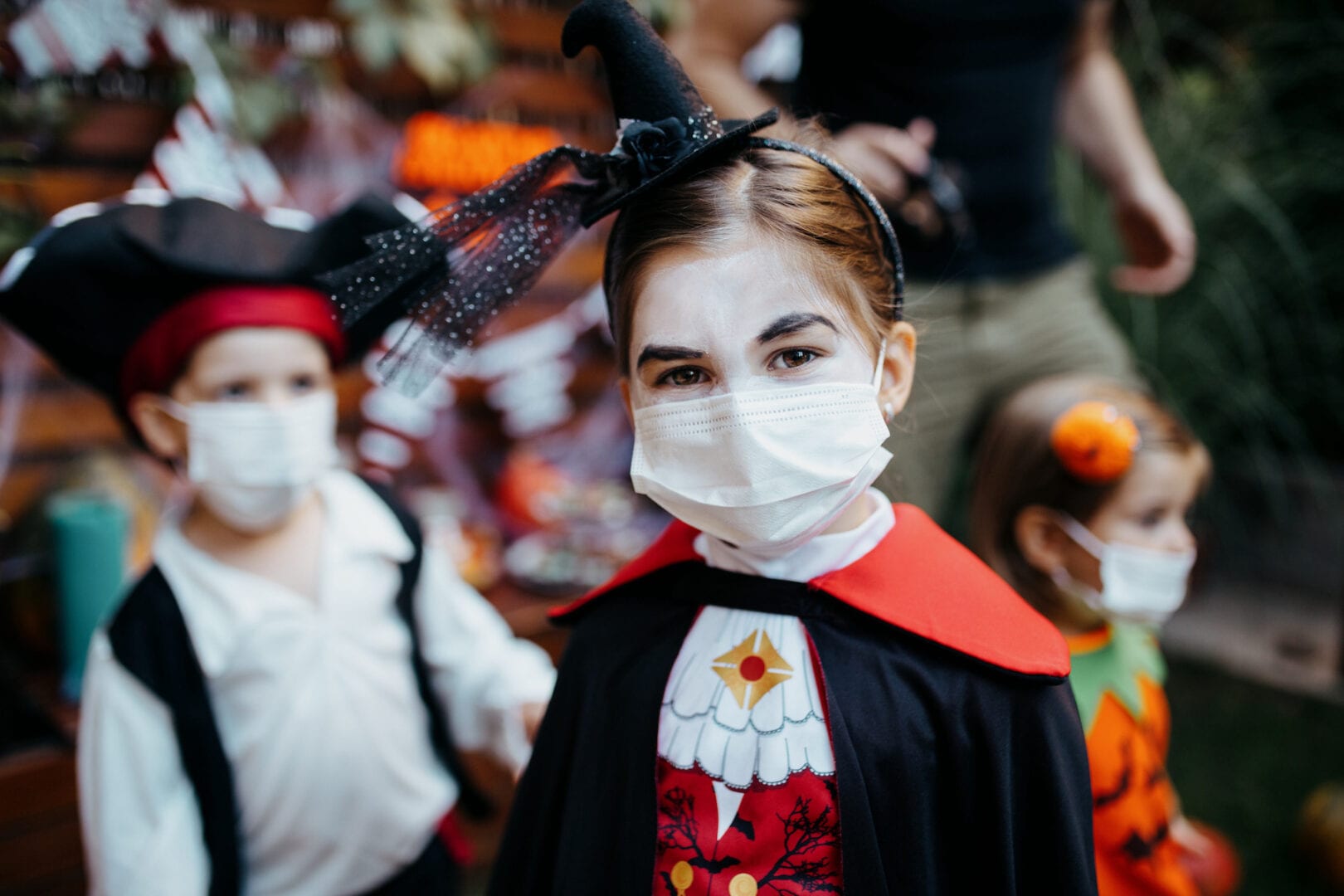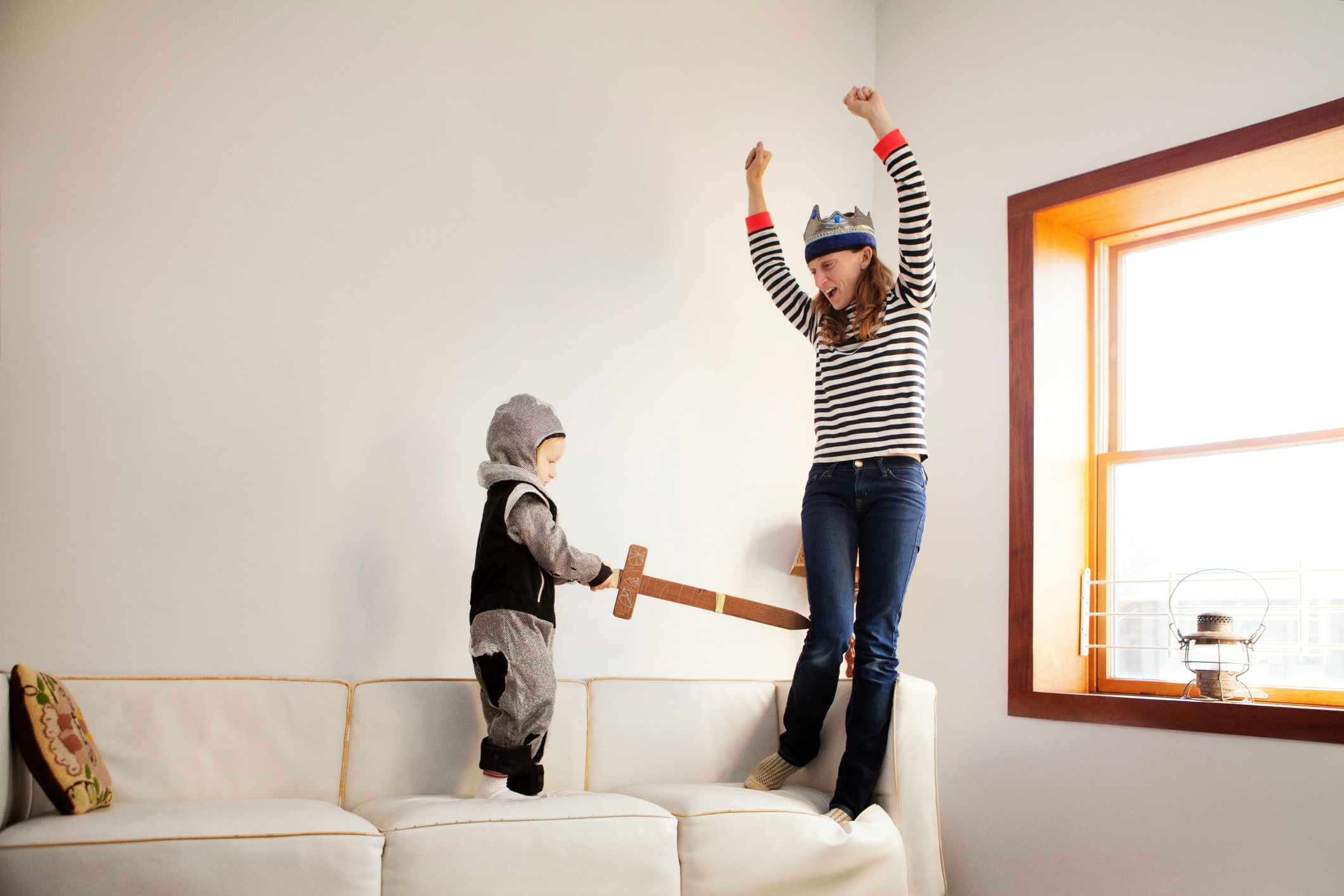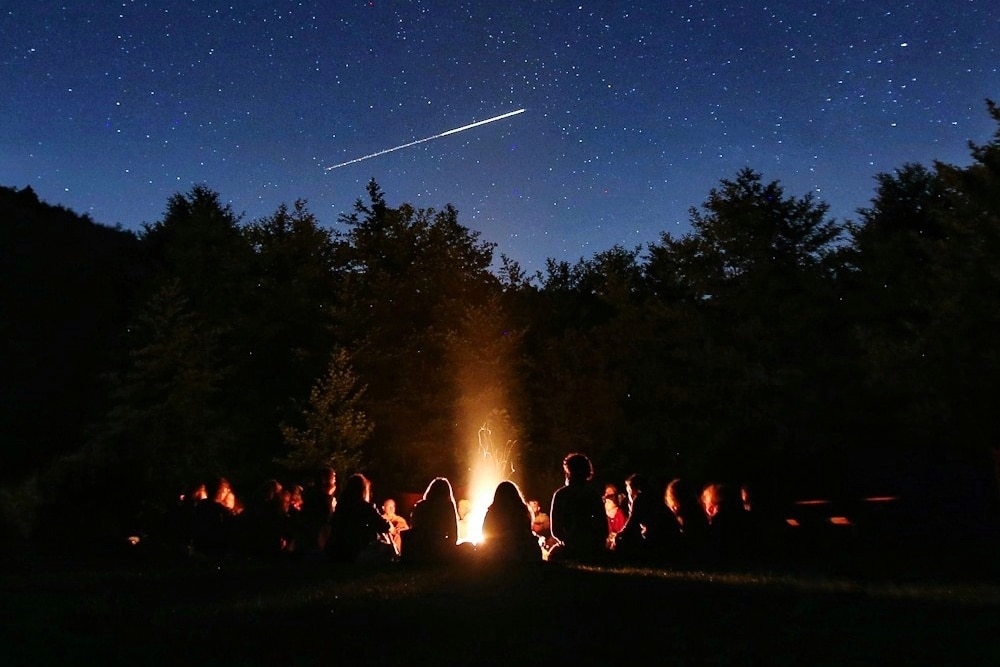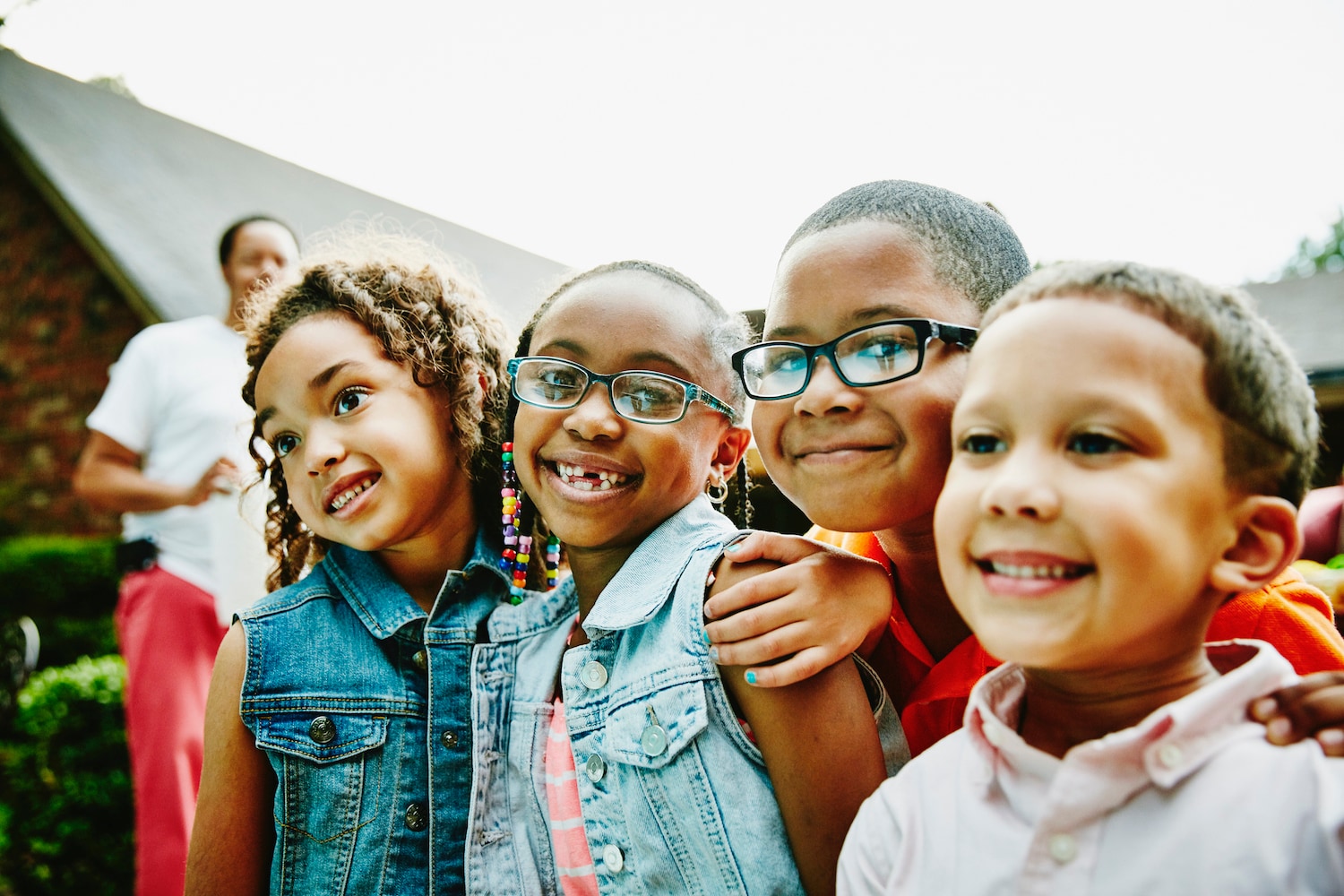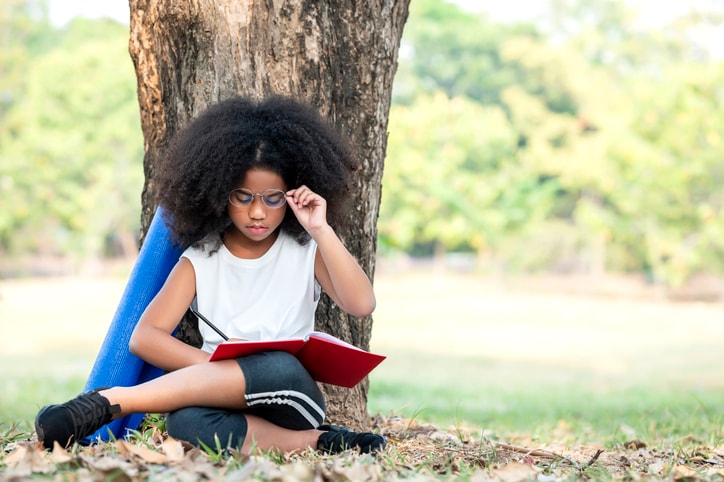The time is upon us once again. Hallow’s Eve is drawing nigh, and in addition to wondering if all the Moana costumes are sold out at Target, parents are worrying about this year’s Halloween safety. Is it OK to trick or treat? If so, what precautions should be taken? Should kids be wearing masks under their masks? While Halloween still isn’t quite what it was in the halcyon days of 2019, the beloved spooky holiday is poised to be more treat than trick this year.
“I think trick-or-treating can be a relatively safe activity, especially with vaccinated children,” says Dr. Amesh Adalja, senior scholar at the Johns Hopkins Center for Health Security. “Most of trick-or-treating is outdoors where transmission is going to be lower. Children’s lives have been on hold throughout this pandemic, and since they’re spared from severe consequences of disease, outdoor trick-or-treating is something that can be done safely — even with children too young to be vaccinated.”
As with all things during the pandemic, though, precautions should be taken (and some time-honored traditions are safer than others). Wondering about Halloween 2021? Here’s what the experts have to say.
“Children’s lives have been on hold throughout this pandemic, and since they’re spared from severe consequences of disease, outdoor trick-or-treating is something that can be done safely — even with children too young to be vaccinated.”
— DR. AMESH ADALJA, SENIOR SCHOLAR
Kids trick-or-treating: Is it safe?
According to Dr. Tina Tan, a pediatric infectious diseases physician at Lurie Children’s Hospital in Chicago, “trick-or-treating is safer than it was last year, but it’s still an activity that may expose individuals to COVID-19.”
“The delta variant continues to circulate in the community with the amount of circulation differing by where one lives,” Tan says. “However, keep in mind, because this variant is so transmissible, infection rates are much higher. Children under 12 aren’t yet eligible for vaccines and only 50% of children between 12-17 are fully vaccinated, so the majority of children still are not protected by vaccination.” (As of now, the FDA has a tentative meeting scheduled with Pfizer and BioNTech about vaccine approval for kids 11 and under on October 26.)
“Trick-or-treating is safer than it was last year, but it’s still an activity that may expose individuals to COVID-19.”
— DR. TINA TAN, PEDIATRIC INFECTIOUS DISEASES PHYSICIAN
That being said, during a recent interview with CNN, Dr. Anthony Fauci, the nation’s top infectious disease doctor, said kids should “go out there and enjoy Halloween.” “This is a time that children love,” Fauci said, adding that it’s also a “good time to reflect on why it’s important to get vaccinated.”
While no activity is completely COVID-proof, the following precautions should mitigate risks for unvaccinated trick-or-treaters, according to Dr. Mary Rodgers, an infectious disease expert and principal scientist at Abbott:
- Trick or treat in small groups.
- Avoid crowded areas.
- Wear a mask.
- Avoid taking candy out of communal bowls.
- Sanitize hands often.
Should kids wear masks while trick-or-treating?
In order to mitigate the risk of transmission, yes, kids should wear masks while trick-or-treating. And we’re not talking Darth Vader masks here. “Children should wear a surgical mask or cloth mask that is at least two-ply and fitted to their faces,” Tan says. “The costume masks do not provide protection. And if they’re wearing a costume mask, they should wear a surgical or cloth mask underneath.”
“Children should wear a surgical mask or cloth mask that is at least two-ply and fitted to their faces. The costume masks do not provide protection.”
— DR. TINA TAN
Depending on the transmission rate in your area, whether or not your child is vaccinated and how crowded the location is, Adalja says that masks “may not be really that beneficial since trick-or-treating is outside.” However, he adds that indoor settings are higher risk, so masks should be worn by unvaccinated individuals in these situations.
What precautions should be taken by people handing out candy?
According to Andrew Myers, a naturopathic physician and co-author of “Simplifying the COVID Puzzle,” parents should take the following precautions when handing out candy:
- Wear a mask.
- Place the candy into the bags of children (do not allow them to reach into your bowl of candy).
- Use hand sanitizer (or wash your hands with soap) frequently.
- Step out of your home onto the front porch (or outside) to distribute your treats.
Jaclyn Santos, a mom of three in Hazlet, New Jersey, took a creative approach to handing out candy last year, and she plans on doing it again this year. “We slid candy to trick-or-treaters on the sidewalk through a PVC pipe from our porch,” she says. “Last year, we did it because we were in the thick of the pandemic, but people thought it was fun, so we’re going to do it again this year.”
Are haunted house tours safe?
For older kids who have outgrown trick-or-treating, haunted houses have likely become alluring. Unfortunately, haunted houses aren’t generally as safe as going door-to-door for candy. “If indoors, the safety of a haunted house depends in part on the COVID prevention protocols that are in place,” Myers says. “But in general, considering the exposure level of participants to costumed ‘actors’ who may be yelling or screaming in an effort to create fear, haunted houses aren’t a low-risk environment.”
If kids do go to a haunted house, Rodgers recommends the following:
- Mask up.
- Stick with your own group.
- Stay well-distanced from others.
“And a better bet,” she adds, “is to find an outdoor haunt, such as a haunted corn maze or hayride.”
Are school carnivals and “trunk-or-treats” safe?
“School carnivals are safer than haunted houses, as they are generally held outside,” Tan says. “However, there should be universal mask wearing, regardless of vaccination status, and there should be some element of social distancing.”
“Today’s schools are very aware of COVID-prevention techniques,” Myers adds. “And school carnivals, if managed properly and held outside, are generally safe.”
“Today’s schools are very aware of COVID prevention techniques. And school carnivals, if managed properly and held outside, are generally safe.”
— ANDREW MYERS, NATUROPATHIC PHYSICIAN
What are safe alternatives to trick-or-treating?
Since young kids still aren’t eligible to get vaccinated, some parents aren’t on board with trick-or-treating just yet. Kim Ryan, a mom of one in Mystic, Connecticut, plans on skipping out on this year’s festivities. “I love Halloween and trick-or-treating, but since our daughter isn’t quite 3 yet, she really doesn’t know what she’s missing,” Ryan says. “We’re planning on getting dressed up and having another family over instead.”
For parents with older kids, skipping trick-or-treating isn’t so easy. “We’re definitely going trick-or-treating this year,” says mom of three MaryEllen Conover of Newburgh, New York. “We did it safely last year, and I think we’re in an even better position this year.”
The decision to trick or treat or not is ultimately a personal one, but overall, experts think it’s an event that can be held safely. That said, there are alternatives families can adopt in lieu of traditional trick-or-treating.
“For those with unvaccinated children who may not be comfortable trick-or-treating this year, consider a fun night in with immediate family instead,” Rodgers says. “Have the kids trick or treat around your house, turning each room into a destination to stop at and pick up candy.”
Looking for more ideas? Check out our list of COVID-friendly ways of celebrating Halloween.
